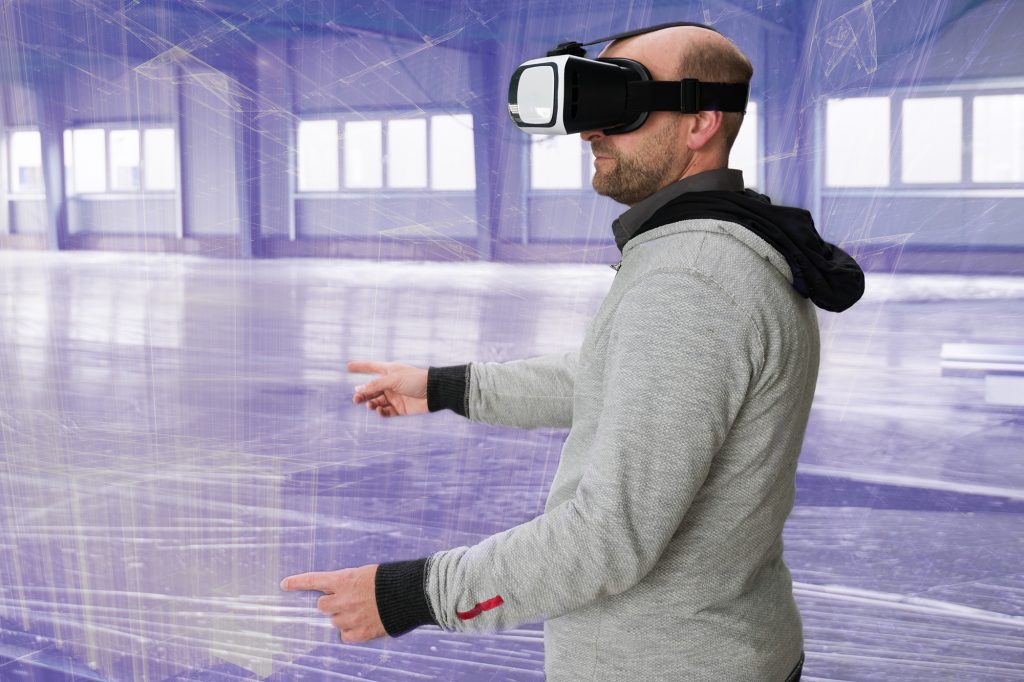The metaverse has been marketed as a futuristic location where we can all interact, purchase products, date, and do other things in a virtual world while sitting in our living rooms with glasses strapped to our heads.
But what if, in addition to being a location, the metaverse reflects something else: a point in time when we live more in the digital world than the physical?

Imagine climbing Everest, swimming with sharks, or skydiving over the Grand Canyon without ever leaving your house. All of this, experts say, will be possible in the metaverse, a new level of virtual reality being built by the world’s brightest technologists.
“I want to walk through the grounds of Trinity College, Dublin, to turn the pages of the Book of Kells, and I’ll be able to do that in VR,” British futurist Andrew Curry remarked, referring to the 800-year-old gospel scrolls kept at Ireland’s top institution.
In its fully developed form, the metaverse promises to deliver real images, sounds, and even scents. With full-spectrum VR headgear, smart clothing, and tactile-responsive haptic gloves, the at-home tourist may touch the Parthenon in Athens or taste the creamy foam of a Korean dalgona coffee.
It wouldn’t even be necessary for you to be yourself. Members of the metaverse could hunt in the Brazilian rainforest or play basketball at Madison Square Garden as LeBron James. The only limit is your imagination.

“A large proportion of people will be in the metaverse in some way by 2030,” forecasts Melanie Subin, a director at The Future Today Institute in New York City.
According to her, some people will utilise it “to fulfil work or educational obligations”. Others “will be ‘jacked in’ for most of their waking hours.”
The metaverse will be able to construct an augmented reality for each person using a “blend of physical and behavioural biometrics, emotion detection, sentiment analysis, and personal data,” she said.
“AR wearables may be as pervasive as smartphones are today,” said Patrick Cozzi, CEO of Cesium, a 3D tech firm. He and others see a future in which headsets like the Oculus completely replace the cell phone, with people using it 24 hours a day to chat with friends, buy, and travel across the virtual stratosphere.

However, the current version of the metaverse is a little less spectacular for the time being. But, of course, we’re still a long way from that – and even the 2030 forecast is probably incredibly optimistic. Moreover, as anyone who has worn an Oculus device for more than half an hour will verify, metaverse technologies are still hideously antiquated.
So, while some firms are getting on board with the metaverse, the technology is still in its infancy and limited to a few use cases, such as video games and wildly unpopular concerts.
Even Subin acknowledges that a fully realised metaverse like “Neuromancer” or “Ready Player One” is likely a long way off. However, he added that “if you’re asking when we’ll all be going around like Neo in the Matrix, I think we’re looking a bit farther out than 2030.”


